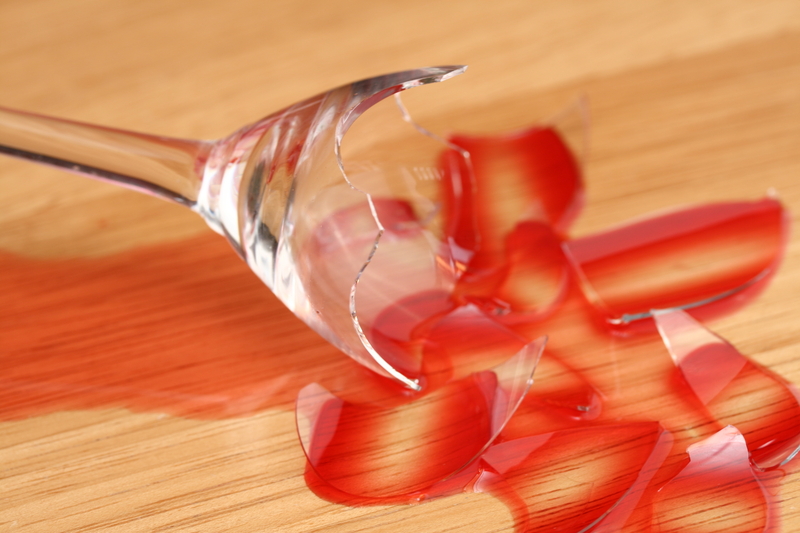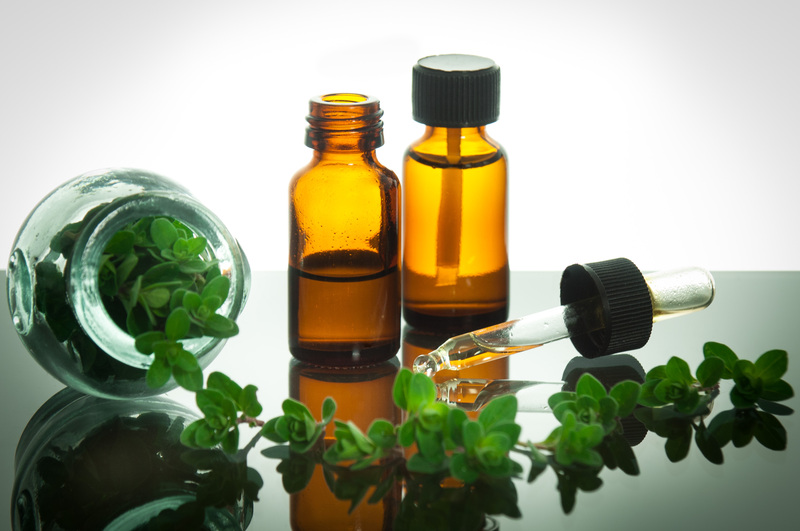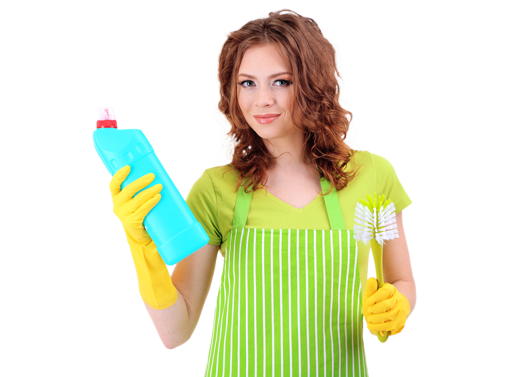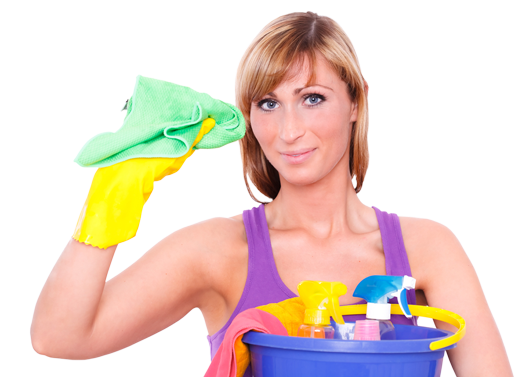Fight Mold Growth in Your Bathroom with These Solutions
Posted on 21/08/2025
Fight Mold Growth in Your Bathroom with These Solutions
Is persistent moisture turning your bathroom into a breeding ground for mold? You're not alone. Mold isn't just unsightly and smelly, it can cause damaging effects to your home's structure and your family's health. Learning how to fight bathroom mold using proven solutions is crucial for a safe, comfortable home. In this in-depth guide, we'll show you how to tackle mold in your bathroom, prevent it from coming back, and keep your spaces clean and healthy.
Understanding Mold Growth in Your Bathroom
Mold thrives in areas where warmth, darkness, and moisture are common. Your bathroom, with daily showers, tight spaces, and limited ventilation, is a prime target for mold and mildew. But what exactly causes it, and how can you combat it?
What Causes Mold in Bathrooms?
- High humidity: Steamy showers and baths elevate indoor moisture.
- Poor ventilation: Insufficient airflow lets water vapor linger on surfaces.
- Leaks: Plumbing or fixture leaks allow water to seep into hidden corners.
- Organic materials: Soap scum, shampoos, and even dust provide food for mold spores.
Understanding these causes is the first step in your war against bathroom mold.

Recognizing the Signs of Bathroom Mold Infestation
To successfully combat bathroom mold, you need to know the signs:
- Discoloration on grout, caulking, or tiles--commonly black, green, or pink stains
- Musty odors even after cleaning
- Visible fuzzy or slimy growth on bathroom walls, ceiling, or around the tub
- Peeling wallpaper or bubbling paint
- Persistent allergies or cough that improve when away from home
If you notice these warning signs, it's time to act fast to fight mold growth in your bathroom and win back your space.
Immediate Steps to Remove Mold in Bathrooms
Prioritize Your Safety
Mold can cause respiratory and skin problems. Wear gloves, a mask, and goggles before starting cleanup.
DIY Mold Removal Solutions
- White Vinegar: Spray undiluted white vinegar onto the affected area. Let it sit for at least an hour, then scrub with a stiff brush and rinse with hot water. Vinegar kills up to 82% of mold species and is non-toxic.
- Hydrogen Peroxide: Apply 3% hydrogen peroxide to moldy surfaces, let it bubble for 10 minutes, then scrub and rinse.
- Baking Soda: Dissolve a quarter tablespoon in water, spray the solution on mold, scrub, and rinse. Baking soda is safe and effective even on porous surfaces.
- Commercial Mold Cleaners: Many products are designed for bathroom use. Always follow instructions and safety guidelines.
Tip: Avoid mixing vinegar and hydrogen peroxide or using bleach on porous surfaces, as these can release dangerous fumes or damage materials.
Long-Term Solutions to Prevent Bathroom Mold Growth
Eradicating mold isn't enough--prevention is the real victory! These solutions help keep your bathroom mold-free long after cleanup.
Ventilation Improvements
- Install or upgrade your bathroom exhaust fan. A powerful, quiet fan removes excess moisture in minutes. Run it during and after every shower or bath for at least 20 minutes.
- Open windows when weather allows to boost airflow and rapid drying. Consider adding window vent locks for security.
- Keep bathroom doors open after use to enhance circulation.
Reduce Humidity
- Use a dehumidifier in very humid climates or bathrooms without windows. Target a humidity level below 50%.
- Wipe down wet surfaces such as tiles, shower doors, and mirrors after every use.
- Hang towels and bathmats to dry outside the bathroom when possible.
Fix Leaks Promptly
- Check under sinks, around toilets, and behind shower walls for signs of leaks. Listen for drips or persistent running water.
- Seal leaky grout and caulking immediately. Use waterproof, mold-resistant caulk for best results.
Use Mold-Resistant Materials
- Paint bathroom walls with mold-resistant paint, which contains antimicrobial additives.
- Opt for non-porous materials like ceramic, porcelain, and glass in showers and backsplashes.
- Replace old caulk and grout with mold-resistant versions designed for wet areas.
Regular Bathroom Cleaning Tips to Prevent Mold Regrowth
Consistency is key to fighting bathroom mold. Set a weekly cleaning schedule:
- Spray and wipe shower tiles and doors with a vinegar solution or daily shower cleaner after use.
- Scrub grout lines every week with a mildew-resistant brush.
- Clean out and dry sink and tub drains, where standing water and hair trap organic matter and foster mold.
- Launder bathmats regularly and replace them promptly if they develop persistent odors or spots.
- Declutter shelves--mold thrives around bottles and damp containers, so keep shower supplies dry and spaced out.
Natural Remedies for Bathroom Mold Prevention
Eco-friendly options can help you avoid harsh chemicals:
- Tea tree oil spray: Mix one teaspoon of tea tree oil in a cup of water, spray on trouble spots, and let dry.
- Lemon juice: Natural acidity helps break down mold stains on non-porous surfaces.
- Baking soda pouch: Place an open container of baking soda in a corner to absorb excess moisture and neutralize odors.
Avoid using essential oils if anyone in your home has allergies or sensitivities.
When to Call a Professional Mold Remediation Service
Some mold problems are beyond DIY remedies. Knowing when to bring in the experts ensures your home and health remain protected:
- Large affected areas: If mold covers more than 10 square feet, it's a job for professionals.
- Hidden mold: If you smell must but can't locate the source, there may be hidden mold within walls or under floors.
- Water damage: After floods, leaks, or water pipe bursts, structural drying and professional treatment are critical.
- Persistent health symptoms: Chronic allergies or breathing issues call for expert intervention and inspection.
Professional mold remediation teams use specialized equipment to remove, clean, and seal affected surfaces, ensuring thorough elimination.
Frequently Asked Questions about Bathroom Mold
Can mold in the bathroom make you sick?
Yes. Long-term exposure to bathroom mold can trigger allergies, asthma, skin irritation, and respiratory issues in sensitive individuals. Quick action benefits everyone in your household.
How do I get rid of persistent mold on bathroom caulking?
Try these steps:
- Apply vinegar or hydrogen peroxide to the caulk and let it sit.
- Scrub with a toothbrush or small brush.
- Rinse and repeat as needed.
- If staining persists, remove and replace the caulk with a mold-resistant brand.
What's the best way to prevent black mold in the bathroom?
The best way is a combination of regular cleaning, reducing humidity, fixing leaks, and using mold-resistant products.

Conclusion: Maintain a Mold-Free Bathroom for Good
Mold is stubborn, but with the right strategies and solutions, you can win the battle for your bathroom's health and safety. Address the sources of moisture and humidity, stay vigilant with weekly cleaning, and don't hesitate to call in professionals for large or persistent infestations. Your bathroom can be fresh, clean, and free from the dangers of mold--with a little preventative care and wise solutions, you'll enjoy lasting peace of mind.
Key Takeaways for Fighting Bathroom Mold:
- Promptly fix all leaks and improve ventilation.
- Use effective, safe cleaning agents to eradicate existing mold.
- Stay consistent with cleaning and use mold-resistant materials for lasting protection.
- When in doubt, consult a professional to safeguard your home and loved ones.
Don't let mold take over--take charge today and ensure your bathroom remains a healthy retreat for years to come!




